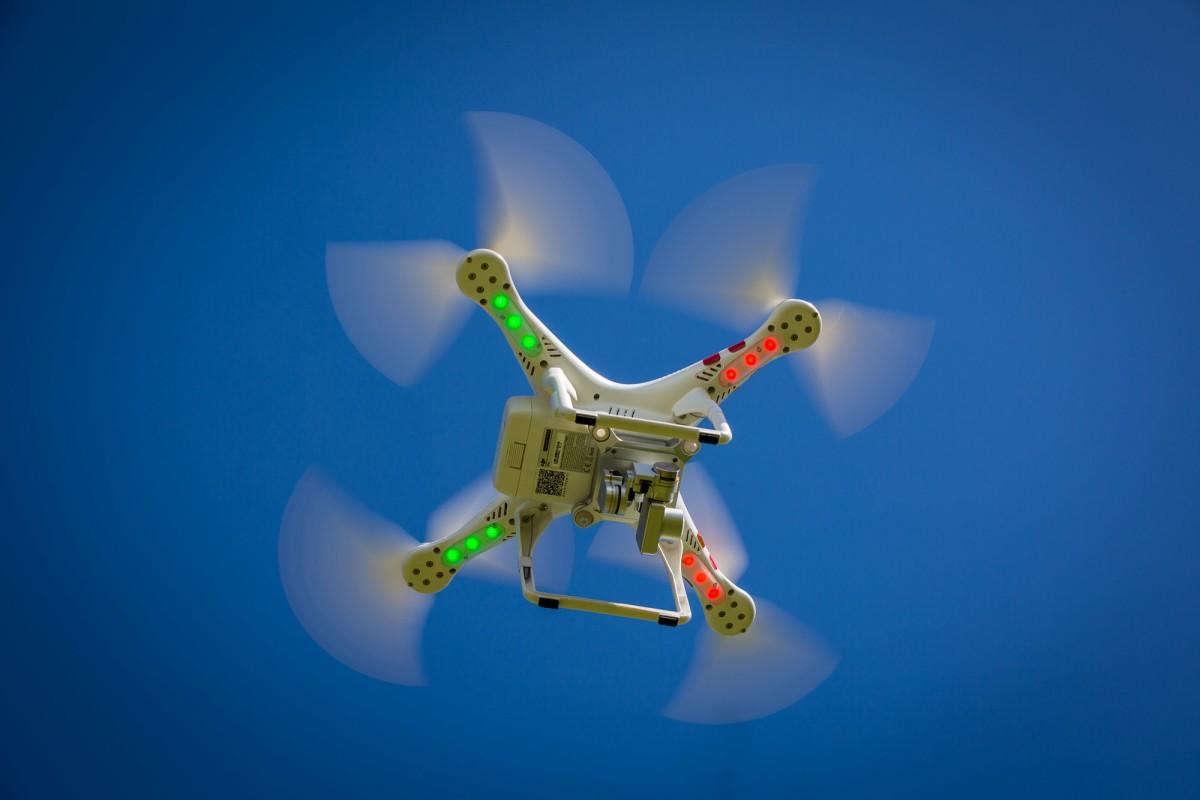If you see a drone fly by in the future, it could be looking for evidence of COVID-19. The University of South Australia (UniSA) and Canada-based drone technology specialist Draganfly Inc have teamed up to develop a "pandemic drone" platform that uses special sensors and computer vision to find people with infectious respiratory diseases.
One of the major problems in controlling a pandemic like the COVID-19 virus is finding out who is infected and how widespread the disease is. One way to do this is to look for people showing symptoms. However, asking the population of an entire city to queue up to have their temperatures taken is hardly practical, so a UniSA team led by Defence Chair of Sensor Systems Professor Javaan Chahl is opting for remote sensing and computer algorithms.
The detection rate isn't perfect, but it is a practical tool for seeing if a disease is present in a crowd.
According to the team, the new drone is capable of monitoring someone's temperature, heart rate, and respiratory rate. It can also detect sneezing and coughing. This works even in crowds, including those at offices, airports, cruise ships, and aged care homes.
The technology was originally unveiled in 2017 by Chahl, Ali Al-Naji, and Asanka Perera when they demonstrated the ability to measure heart and breathing rates, analyze human movements to detect coughing and sneezing at a distance of up to 10 m (33 ft) using drone videos and within 50 m (165 ft) from fixed cameras. Chahl says that the detection rate isn't perfect, but it is a practical tool for seeing if a disease is present in a crowd.
In a press release, UniSA says the aim is to "immediately start integrating commercial, medical and government customers," but no further details on any rollout of the technology have been provided at this stage.
In addition to screening for virus infections, the technology also has applications like monitoring baby incubators or in dealing with war zones and natural disasters.
"Now, shockingly, we see a need for its use immediately, to help save lives in the biggest health catastrophe the world has experienced in the past 100 years," says Chahl.
Source: UniSA





